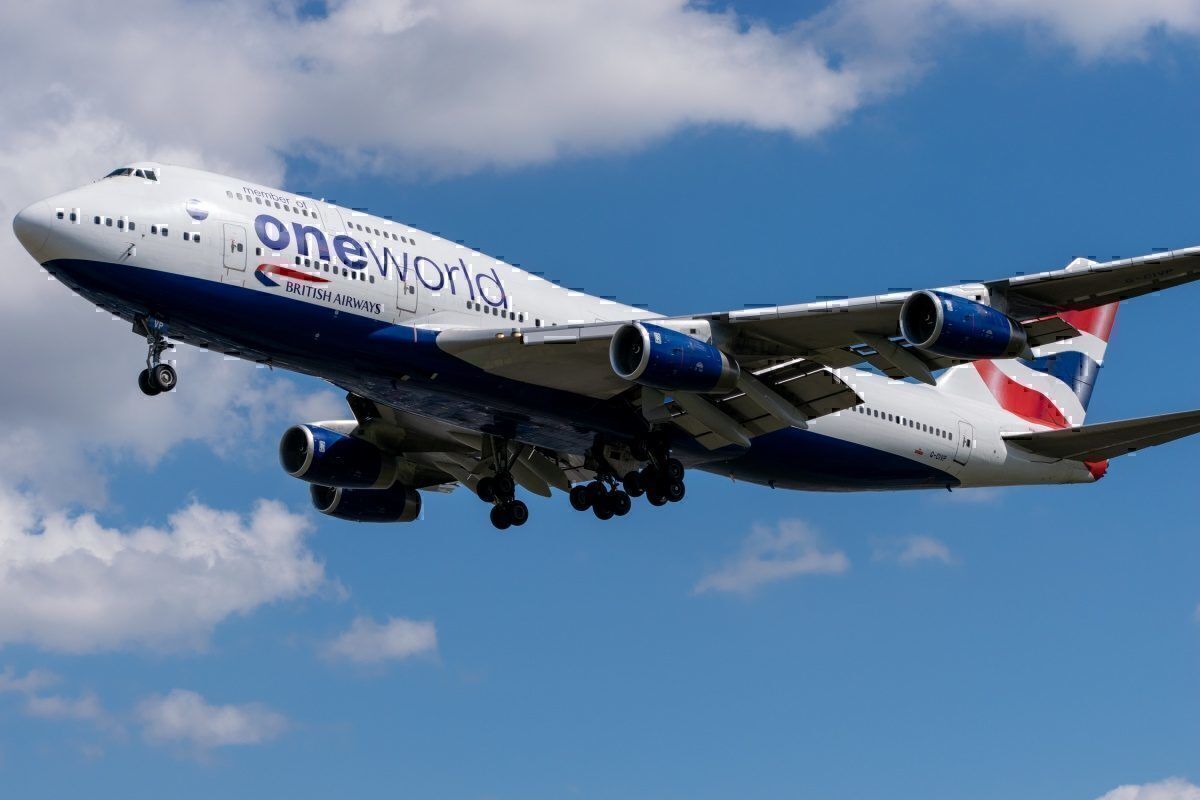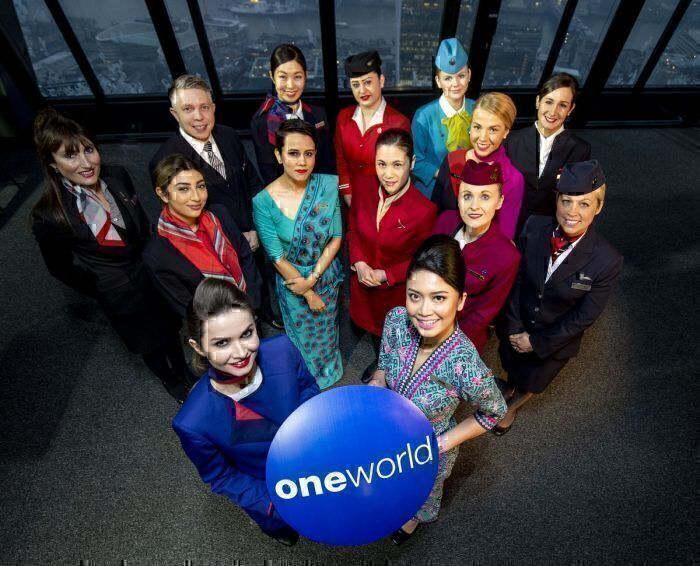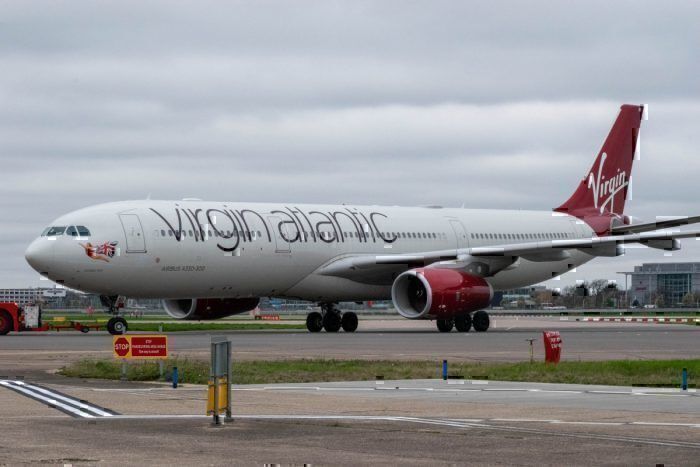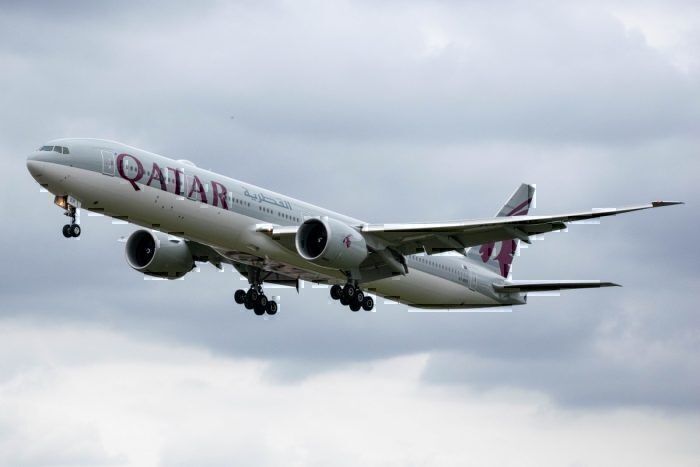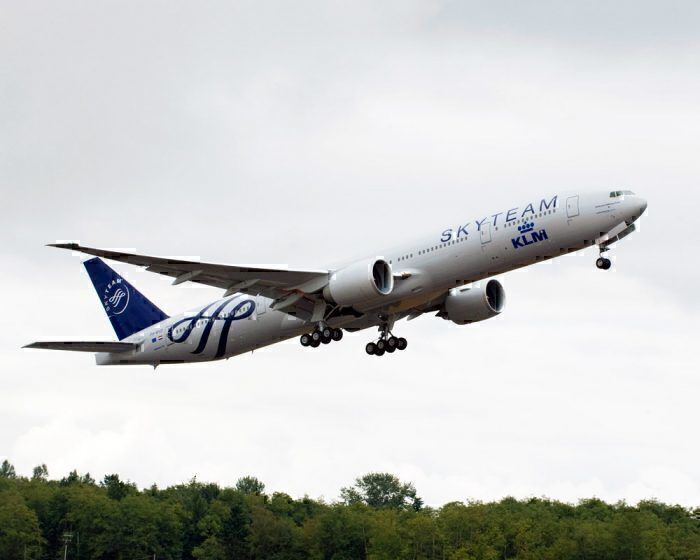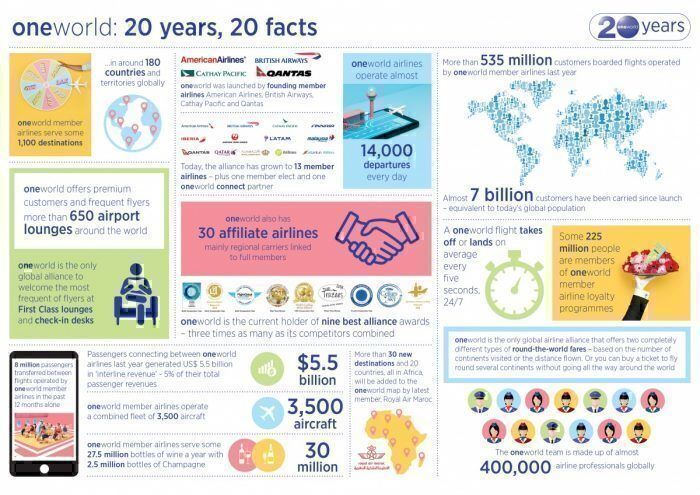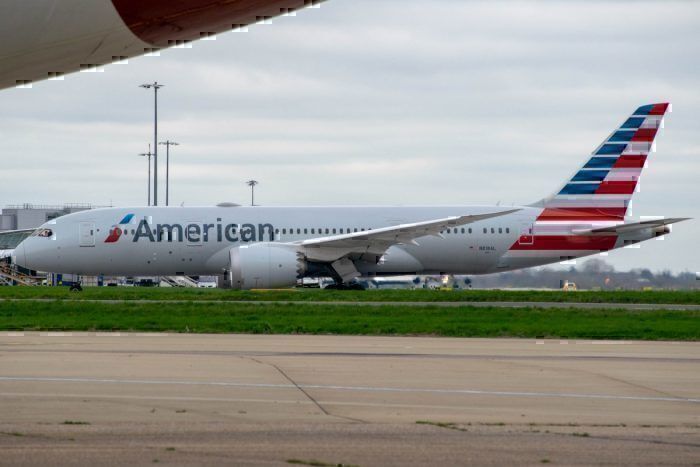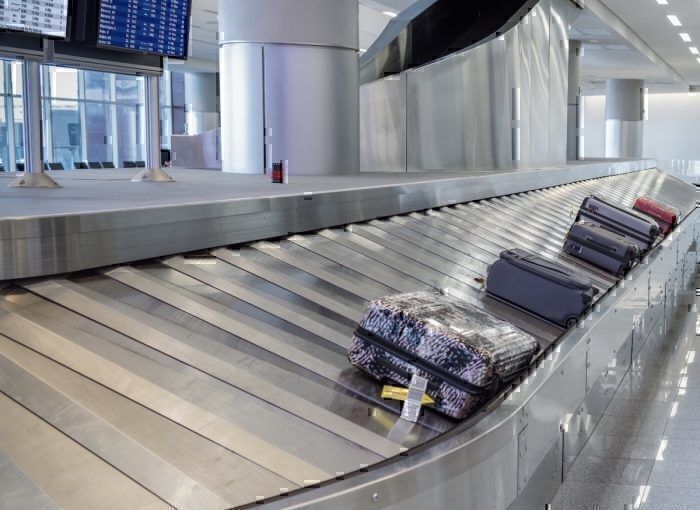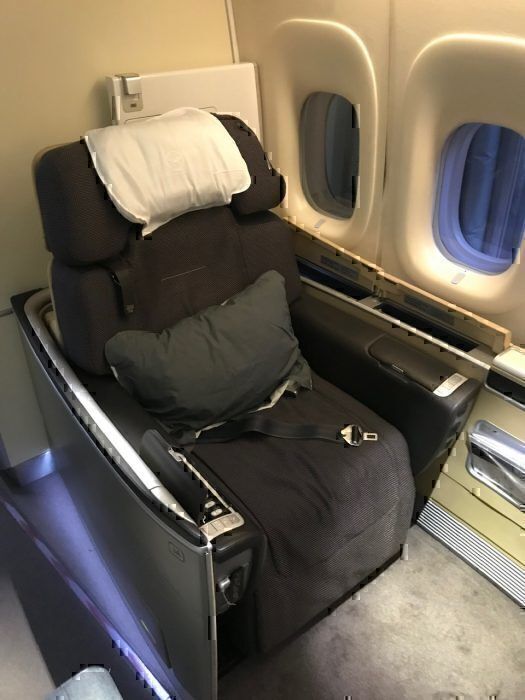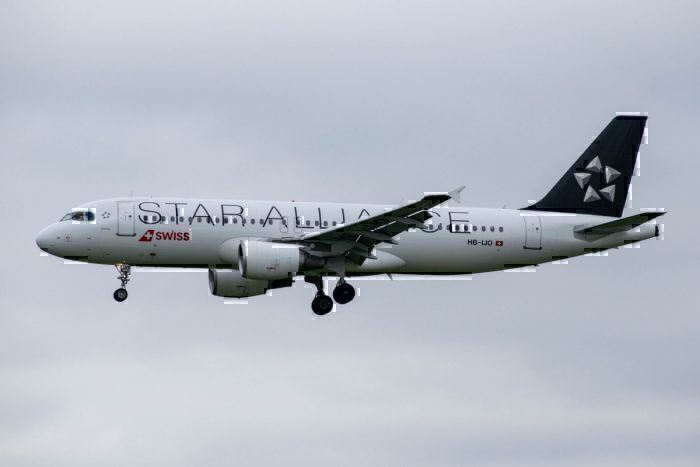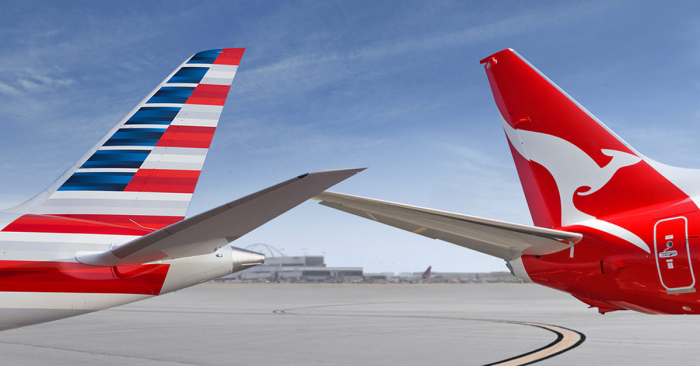Some of the most famous airline benefits include airline alliances. However, a number of carriers, from Delta Air Lines to Qatar Airways, have expressed some concerns with alliances. With the expansion of joint ventures, it seems that perhaps alliances are losing their importance. However, alliances still offer plenty of benefits to airlines and passengers alike.
What are the main airline alliances?
The three main alliances known today originated in the late 1990s. Star Alliance formed in 1997, followed by oneworld in 1999, and lastly Skyteam in 2000. The idea was to form a cooperative of airlines. With enhanced codeshares and cooperation, passengers suddenly had new ways to travel the world.
Airline alliances can better allow airlines to compete in the global marketplace. The aviation industry is competitive and a number of carriers have gone bankrupt. Although alliance membership does not guarantee an airline's profitability, many airlines do find benefits from being a part of a global alliance.
Why are some airlines unhappy?
Some airlines started to become disenchanted with alliances. Airlines soon started to find lucrative partnerships outside of alliances. Not to mention, not all airlines align themselves with one of the major alliances. Virgin Atlantic and Virgin Australia are two notable exceptions who prefer codeshare agreements over joining an alliance.
Two carriers in particular, Delta Air Lines and Qatar Airways, have recently begun to express discontent with alliances. Qatar Airways, is unhappy with the way American Airlines and Qantas have viewed the Doha-based carrier. As of now, both airlines are still a part of their respective alliances. But, while these airlines have raised some issues with alliances, there are still several key benefits.
Airline alliances benefit connectivity
A few months ago, I wanted to fly from Cape Town to Rochester, Minnesota. Obviously, there were no direct flights. So, I had to book a connecting flight and was able to find a good fare from Cape Town to Amsterdam on KLM and Amsterdam to Minneapolis then to Rochester on Delta Air Lines. The partnership between Delta and KLM meant that I could book such an itinerary with less hassle.
A oneworld 20-year infographic indicates that oneworld member airlines serve around 1,100 destinations. Under a single carrier, this would have been an impossible feat.
For airlines, additional connectivity can help fill planes. For example, in a recent conversation with Vasu Raja at American Airlines, he indicated that one of the reasons American Airlines was able to offer up to five daily flights to Tokyo-Narita was because of opportunities for passengers to connect onto JAL flights.
Checked baggage
For passengers, purchasing a connecting itinerary can come with concerns about baggage transfer and passenger experiences. In the case of baggage, alliance partners generally allow for bags to be checked all the way through to a passenger's final destination.
Frequent flier benefits
Flying on a partner airline can open up opportunities to rack up a number of frequent flier miles. Not to mention, alliance partners tend to honor elite status from a member's loyalty program. Each alliance offers benefits for elite members. This can include things like excess baggage allowance and lounge access.
In terms of redemptions, there are a number of places for some awesome experiences. Recently, I was able to redeem Air Canada Aeroplan miles for a Lufthansa First Class flight as both are members of the Star Alliance.
Small details
oneworld is advancing opportunities for travelers to reduce their stress during times of travel. One small way was that passengers connecting across member airlines only need to utilize one app. Other alliances also offer bag tracking within their apps across member airlines.
Star Alliance even offers a program at select airports that help passengers make their short connections. A similar service also applies to a passenger's checked baggage.
Sometimes, these smaller details can help alleviate some of the stress of connecting through a new airport.
What is next for alliances?
Alliances are still a part of the aviation world. Star Alliance, Skyteam, and oneworld are still around and will remain for the foreseeable future. However, now some airlines are extending their participation within alliances to include enhanced joint ventures. Two examples of this include American Airlines and Qantas and Air France-KLM with Delta Air Lines.
However, the aviation world keeps changing. The rise of low-cost carriers is upending the way the market works. Also, premium-class products continue to evolve. Already, some airlines are working on standardizing products across airlines. But, if this trend were to keep growing, it would take a number of years for this to happen.
Overall
Airline alliances benefit passengers and carriers alike. However, as the market keeps changing, airlines will also continue to evolve. Alliances, too, will need to evolve. While the future of very little is guaranteed in the aviation world, it is clear that people will continue to fly and carriers will need partnerships to cover the destinations where passengers want to go.
It is clear that there a number of people who still believe in the power of alliances. In a recent sit down with oneworld CEO Rob Gurney, he expressed confidence in the importance of alliances amid LATAM's announced departure from oneworld. How oneworld changes is yet to be seen.
What do you think about airline alliances? Let us know in the comments!

